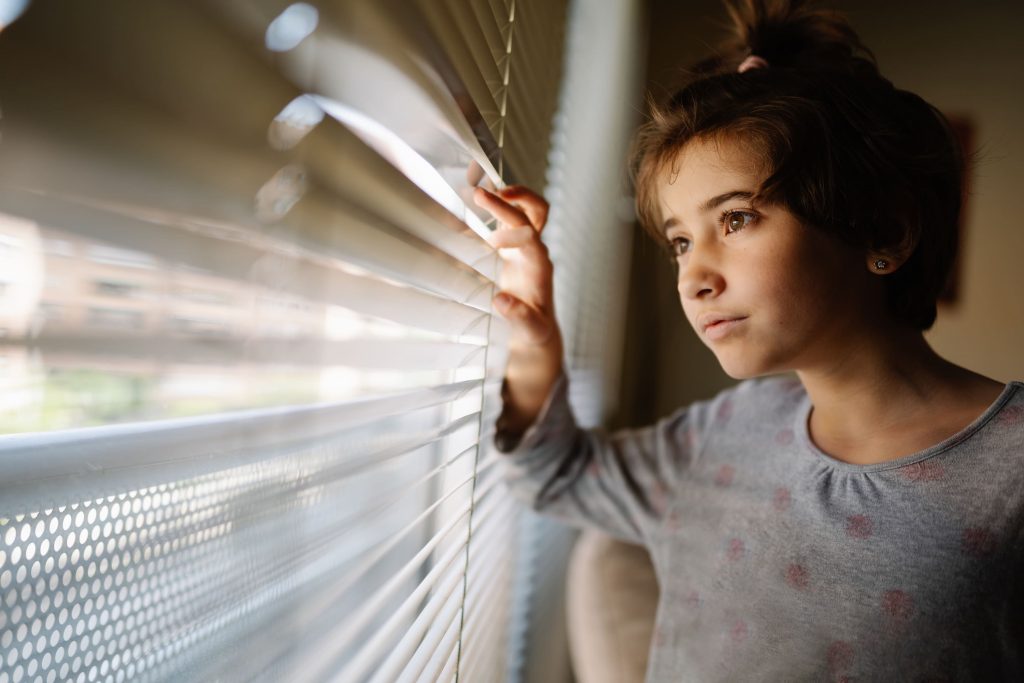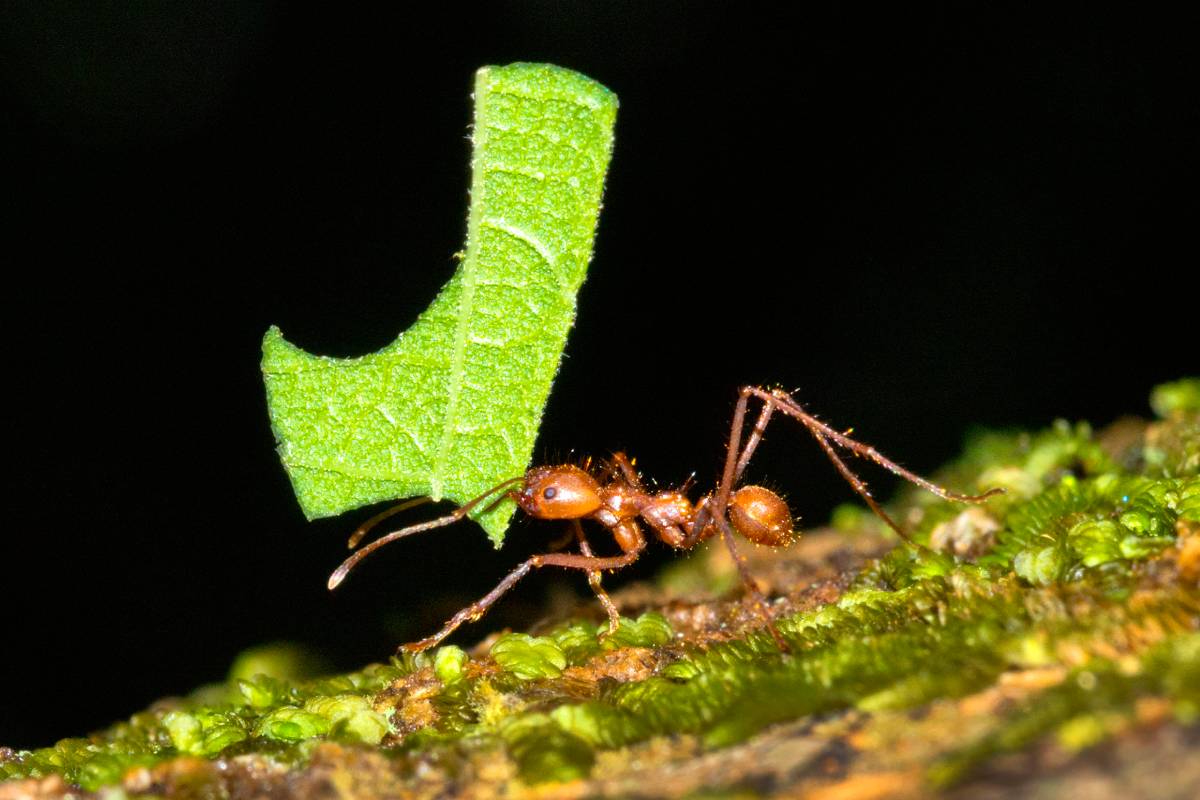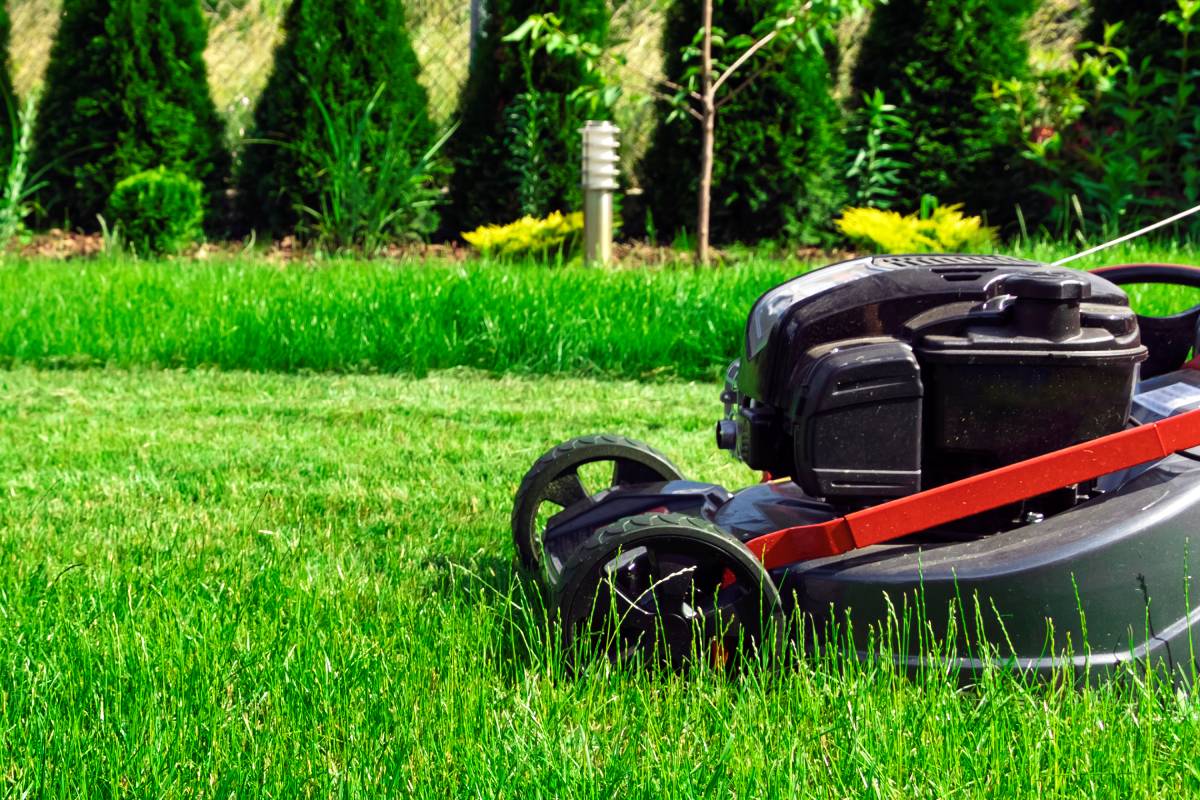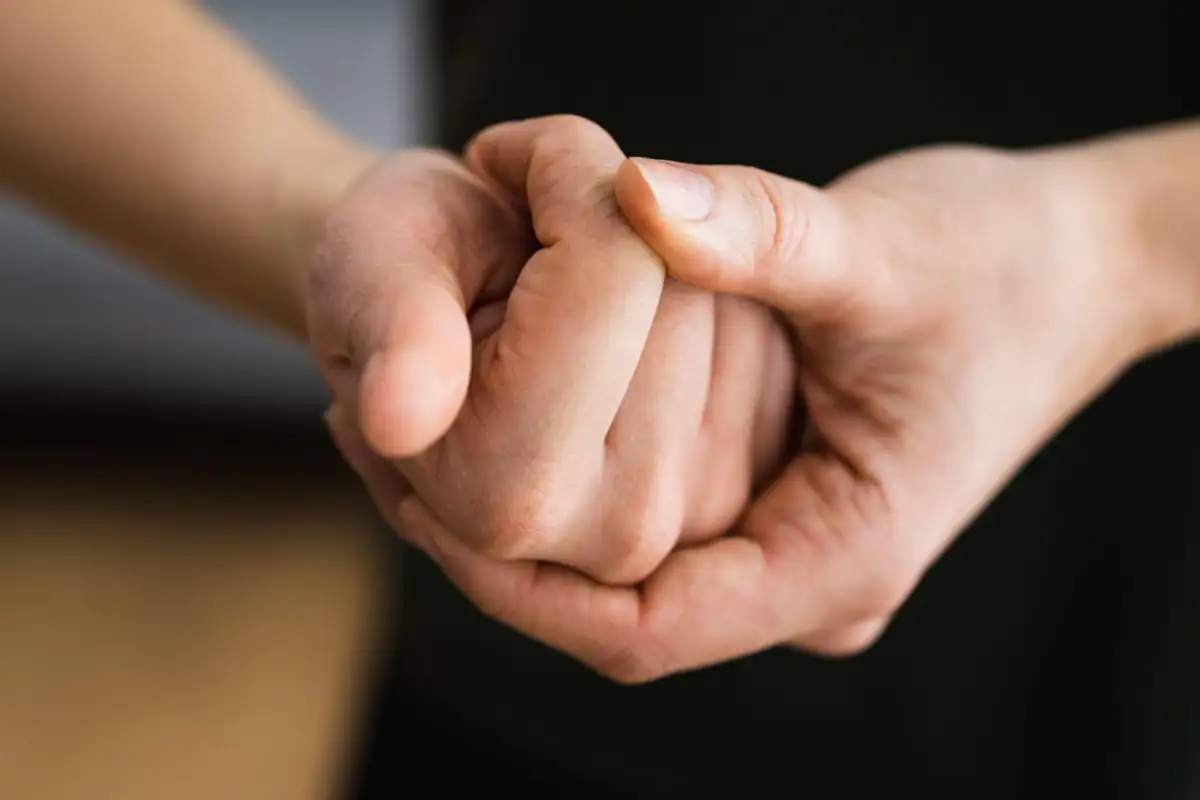Have you been thinking about getting plantation shutters installed in your home, but you aren’t quite sure how they differ from traditional shutters? What is the difference between plantation shutters and regular shutters? Are the differences notable and worth the extra investment? In this article, we’ll cover everything you need to know.
Plantation shutters VS regular shutters
Shutters are superior to the alternative, curtains, and blinds, making it much easier for you to manage the levels of light in the room, and ultimately control the mood whilst protecting your privacy. That being said, there are big differences between regular shutters and plantation shutters and you should be aware of them before making a decision and going ahead with your installation.

What are regular shutters?
So, what are regular shutters? They are panels that cover up windows from the inside (and can be installed on the outside too), often on a track or a hinge for moving. They can provide more insulation than curtains and have a better aesthetic style.
Depending on the style that you choose, most traditional shutters only come with the: ‘open or closed’ option. Some can be entirely solid and opaque, whereas other styles are latticed or angled, similar to window blinds. In any case, they are more or less the same in appearance.

What are plantation shutters?
There’s often some confusion about plantation shutters because there are some companies and manufacturers who mislabel their traditional shutters as being plantation shutters and this can be very deceiving.
In general, a plantation shutter will have a slatted design (or louvered), with angled slats that can be sloped downward from the outside in, allowing more air and light to come through whilst they are open, and can otherwise be closed off.
Plantation shutters often come painted white making them excellent for reflecting heat and light, keeping your home cooler/ However, in some cases, they can fold in on themselves allowing you full access to the bare glass, whereas others are a nearly permanent fixture with less flexibility in that regard.
Why should I choose plantation shutters over regular shutters?
Plantation shutters are like window shutters, which are essentially blinds and curtains rolled into one product. They offer:
- Great heat management
- Excellent cooling potential
- Privacy – adjustable slats
- Highly stylish aesthetic appearance
- Versatile
- More material options
- Easier to maintain and clean
- Better light-control
- Durability
Can having plantation shutters installed add value to your home?
Can having plantation shutters installed in your home add value to your property? The answer is yes. This comes as a surprise to many people—the fact that simply having plantation shutters installed can instantly make your property more valuable. However, it’s not just that, but they can make your property more attractive to potential buyers as well. Let’s break it down:
- They are eco-friendly
- Natural temperature control system
- Aesthetically pleasing
- No noise in high-winds
- Can last decades
- Cost-savings on heating and cooling
Fact is, plantation shutters offer so many benefits, making them an attractive addition to your home. Not only that, but they have an exceptionally attractive design element that makes them almost perfect for most property types, whether that be the family home, a workshop, or even an office building.
Are plantation shutters expensive?
Shutters in general are typically quite expensive when compared to regular blinds and curtains However, if you want to save money, you can try and install them yourself. That said, you must be certain to know what you are doing and have some DIY experience, otherwise, you may end up botching the job and having to pay even more to get them installed correctly.
On average, in Australia, you can expect to pay somewhere in the region between $2,200 and $3,600 to install—or $20 per square foot.
If you’d like a rough idea as to how much it will cost to have all of your windows installed with plantation shutters, take a moment to measure all of the windows in your house and work out the total square footage from there.
What are the best materials for plantation shutters?
Ultimately, the best material to use for plantation shutters is wood. This is the original material used and comes with the most amount of advantages. That said, hardwood plantation shutters are the most expensive when compared to other materials such as metal, PVC, or faux wood.
Wood pros/cons:
Here are some of the pros and cons of wood plantation shutters…
- Natural beauty
- Countless colour options
- Satin options
- Strong and lightweight
- Expensive
- Occasional re-painting required
- Moisture damage (unless properly treated)
- Natural gradations in wood can lead to inconsistencies
Plastic pros/cons:
Here are some of the pros and cons of plastic / PVC plantation shutters…
- Durable
- Less expensive
- Moisture resistant
- Heavy
- Limited colour options
- Limited panel sizes
Faux wood pros/cons:
Here are some of the pros and cons of faux wood plantation shutters…
- Looks like wood
- Affordable
- Fire resistant
- Suitable inside & out
- Still relatively expensive
- Limited colour options
- Looks like wood, but doesn’t share the same benefits of natural wood
There are many different materials used for plantation shutters but ultimately, we believe that wood—specifically basswood plantation shutters, is the natural choice!
Conclusion
And there we have it! Plantation shutters come with a wide variety of benefits and are superior to standard, traditional shutters. You can then decide on a variety of different material options based on your budget and requirements.
We hope that you have found this article helpful, and wish you the best of luck with finding the perfect option to furnish your home with.







